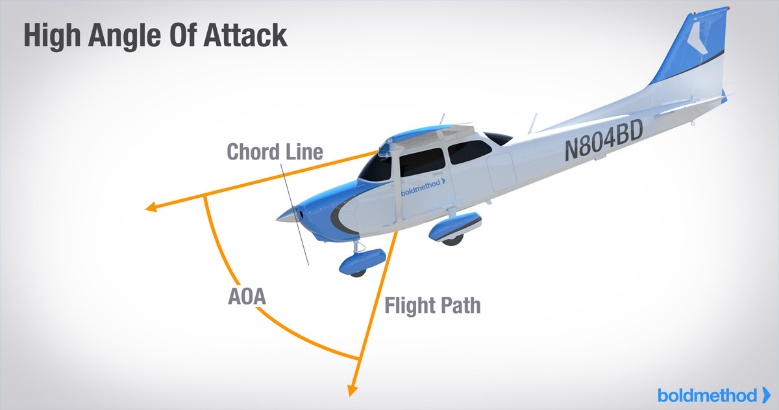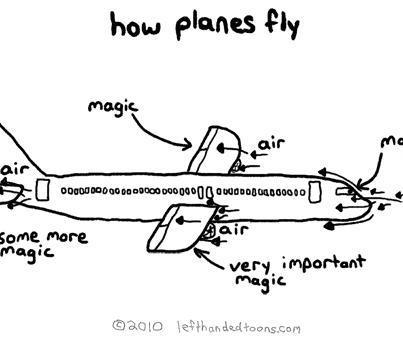|
|
||
|
|
||
|
Privacy Policy | Editorial Policy | Profit Policy | Join the Association | List of Members | Contact us | Index | Links |
||
|
Back Go to page: 1 2 3 4 5 6 7 8 9 10 11 12 13 14 15 16 17 18 19 20 Forward
|
||
|
|
||
|
Pedroís Patter.
Jeff reminisces a flight he had in the venerable (and reliable) old F-27 Friendship when he was working with the Department of Civil Aviation (DCA). Back then DCA ran F-27 100ís (as did TAA, Ansett and East West Airlines) though the DCA versions had bigger fuel tanks and would cruise at 230 kts.
This trip was over to Norfolk Island to look at the NDB. It was interesting for two reasons, both related to the weather.
The first was an unusual weather pattern. Normally one gets a westerly wind however on this occasion there was an easterly wind, meaning a head wind out to the island. This stretched the F27 from a fuel point of view. Our PNP (point of no return) calculations required an early decision en route on whether to:
As it happened the wind eased off so a diversion was not necessary. A further complication was the surface wind at Norfolk Island (NF). Back then there were two runways, one sealed and one short gravel one. Communication with Flight Service at NF ruled out landing on the sealed runway due to cross wind so the only option was the short gravel runway, also with a strong cross wind. Now the F27 is a bit of a hand full in a strong cross wind, manhandling it onto the ground was OK but due to manipulating the controls I was late getting the propeller lock in place, causing the propeller below lock light to flash and the horn scream. I got the aircraft under control and, with heavy breathing taxied in to the Tarmac area.
|
||
|
|
||
|
Next day the weather ruled out flying so we grabbed a rental car to do a bit of exploration and sight-seeing. Myself driving with the other three crew members consulting maps, we continued inland, avoiding the free roaming cattle and chose to branch off the main road down to the old prison site. It had been raining and a sign warned about the soft surface of the road down to the historic area. Undeterred, we gave it a go and almost ended up out of control around the steeply sloping and curved road.
|
||
|
|
||
|
By the grace of God we arrived at the bottom, ready to explore the old prison ruins. Later in the day we drove to the cemetery. Wandering among the old grave stones, I was intrigued to find some with a skull and crossbones inscribed above the identifying name of the buried person, not only that but several with identical death dates. Clearly the cause of death was a firing squad.
The next two days we completed our navaid survey which involved making orbits and flying in and out on cardinal radials to measure signal strength. The measurements were taken by the 3-man survey crew seated down the back of the aircraft, using specially fitted radio tech equipment. We also carried an engineer who kept an eye on things and also refuelled our aircraft, which we paid for with vouchers given to us prior to our departure from Essendon, our base in Australia.
Accommodation for our crew over at Norfolk was taken care of by the DCA flying Unit admin people who had pre-arranged it. We stayed in one of the many wonderful hotels on the Island and from memory, we also ate very well. Next day we headed west for home.
Another interesting trip, though this time in a Caribou while attached to 38 Sqn Det A in Moresby, was to Rabaul in PNG. That was before the 1994 volcanic eruption which wrecked the city and closed the airport. Even then, landing from the bay side you had to pass over two semi-dormant volcanoes called Mother and Daughter. Passing over the larger of the two one could smell strong sulphur fumes coming into the cockpit. Our task was to ferry an army contingent across to Vunakanau, just across the bay. We landed on a grass strip, coming to a stop with hordes of curious local people inspecting the aircraft.
|
||
|
|
||
|
As usual we had some time off before completing the task so explored
the WW2 submarine pens built by the Japanese by carving holes in the
cliff face. There were still subs there back
During World War II, Rabaul was captured by the Japanese and it became their main base for military and naval activity in the South Pacific. During their occupation the Japanese dug many kilometres of tunnels as shelter from Allied air attacks and as army barracks and support structures, including a hospital. By 1943 there were about 110,000 Japanese troops based in Rabaul.
On 18 April 1943, Admiral Isoroku Yamamoto, the architect of the Japanese attack on Pearl Harbor, was shot down and killed by a United States P-38 Lightning over south Bougainville after taking off from Rabaul on an inspection tour.
Japanese communications giving Yamamoto's flight itinerary were
decrypted by United States Navy cryptographers, who passed on the
information to operational units. Sixteen
Instead of capturing Rabaul during their advance towards the Japanese Home islands, the Allied forces decided to bypass it by establishing a ring of airfields and naval bases on the islands around it. Cut off from re-supply and under continual air attacks as part of Operation Cartwheel, the base became useless. The Pacification of Rabaul took until the end of the war and was only completed following the Japanese surrender in August 1945.
As a tourist destination and before the 1994 eruption, Rabaul was popular for scuba diving and for snorkelling sites in its spectacular harbour. There are still several diving operators based there, but tourism has yet to recover to its pre-eruption levels.
While we were there, we stayed at the Kaivuna hotel, paid for from a large cash imprest given to us by the RAAF from which we paid all our expenses. As I recall we dined well.
|
||
|
|
||
|
|
||
|
|
||
|
Man cannot live by bread alone. He also needs a roll of duct tape and a can of WD-40.
|
||
|
|
||
|
The 4 Steps of Spin Recovery.
If youíre a private pilot or if youíre interested in flying or even if youíre neither, you would still hare a pilot you would have practiced a spin? If you have (and even if you haven't), you've probably heard the recovery acronym "PARE". But do you know what each step is for?
|
||
|
|
||
|
|
||
|
First off, what exactly is a Spin?
Before we jump into the spin recovery steps, let's take a quick look at what's happening in a spin. The Pilot's Handbook of Aeronautical Knowledge defines a spin is "an aggravated stall that results in an airplane descending in a helical, or corkscrew path."
Which brings us to spin point number one: both wings are stalled in a spin, but one is more deeply stalled than the other. The "more stalled" wing is on the inside of the spin, it flies at a higher angle-of-attack and it generates less lift than the outside wing.
Since your high wing generates more lift than the low wing, it rolls your aircraft into the spin and at the same time, your low wing produces more drag, because it's at a higher angle-of-attack and that drag causes your plane to yaw into the spin. When you combine both forces, you wind up in a fully-developed spin.
So how do you recover with "PARE"?
Spin recovery is pretty simple: break the stall on both your wings. When you do, your plane with fly itself out of the spin and that's where the "PARE" acronym comes into play.
Step 1. P: Power to Idle.
The first step in spin recovery is reducing your throttle to idle, but why would you take power out when you're already stalled?
In a normal stall, you add power to recover, but it a spin, adding power makes recovering more difficult. And it has everything to do with your aircraft's tail.
When you're at a high power setting, airflow from your propeller strikes your horizontal stabilizer, causing a tail-down force and pitching your nose up. On top of that, if your centre of thrust is lower than your centre of gravity, it creates torque that pitches your nose up even further.
When you take the power out, you eliminate both of these factors, making it easier to get the nose down and fly out of the spin.
Step 2. A: Ailerons Neutral
When you bring your ailerons to neutral, you help your wings reach
the same angle-of-
And what about rolling your ailerons into the spin? That's not a good idea either, because as you start to recover, your outside wing is at a higher angle-of-attack, and you can inadvertently start spinning in the opposite direction during recovery.
Step 3. R: Rudder Opposite Spin.
The next step is one of the most important ones: rudder. If you're
spinning to the left, you add right rudder. And if you're spinning
right? Add left rudder. When you add opposite rudder, you stop the
rolling and yawing moment of the spin.
Step 4. E: Elevator Forward.
And for the last step...breaking the stall. Once you have your plane configured to fly out of the spin (steps 1-3), it's time to reduce your angle-of-attack and keep on flying.
By quickly moving the control yoke forward, you get yourself back under the critical angle-of-attack, and you un-stall your wings. One of the hardest parts of this step is that you feel like you're going almost straight down in a spin and it doesn't feel natural to push forward on the yoke. But it's the best (and only) way to break your stall quickly and get back to straight-and-level flight.
Finish Your Spin Recovery.
Once you've completed these 4 steps, your plane will fly itself out of the spin. When it does, bring your rudder to neutral and raise the nose, and slowly add power to get as you get back to level flight.
Most training aircraft exit a spin very quickly but you should always use your aircraft's Pilotís Operating Handbook (POH) and remember, have your spin recovery checklist memorized. After all, it's pretty hard to read a checklist during a spin.
You can see some video on spins by clicking the centre of the pic below.
|
||
|
|
||
|
|
||
|
|
||
|
|
||
|
Beware of buying anything when the manuals are bigger than the equipment.
|
||
|
|
||
|
|
||
|
|
||
|
Back Go to page: 1 2 3 4 5 6 7 8 9 10 11 12 13 14 15 16 17 18 19 20 Forward |
||
|
|

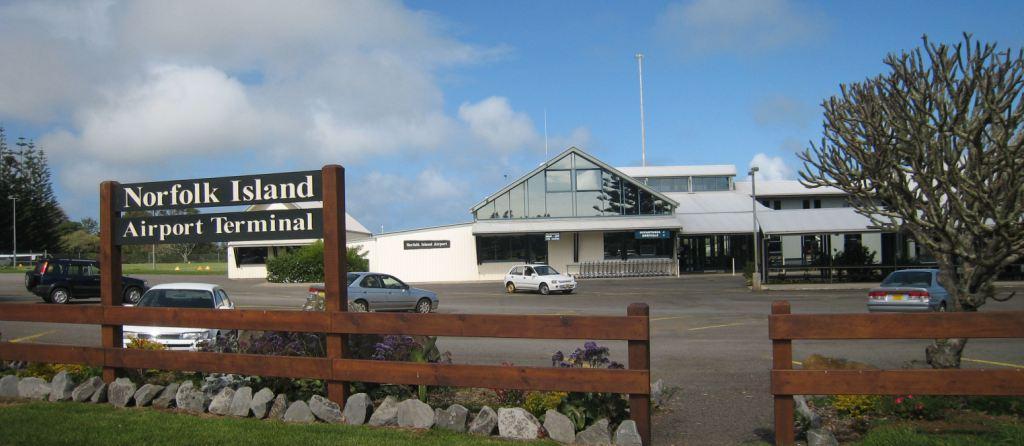
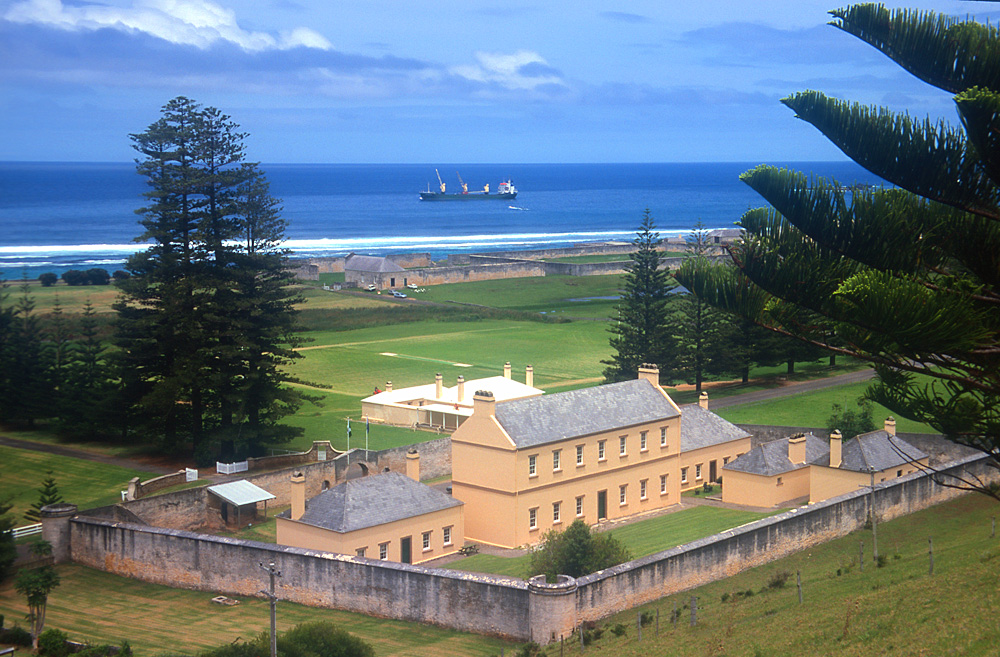
%20Dec76.jpg)
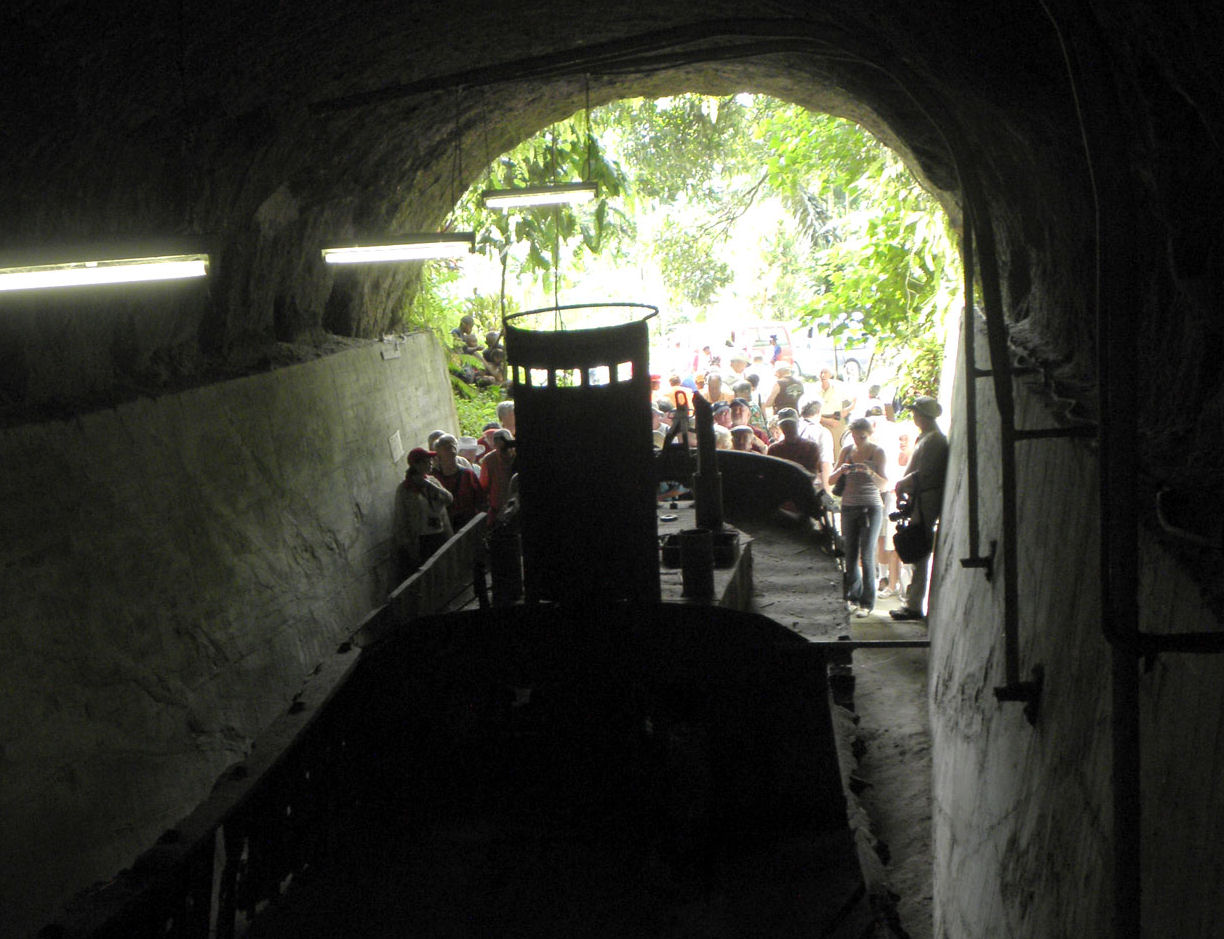 then, but I haven't been back since to see if they are still there.
then, but I haven't been back since to see if they are still there.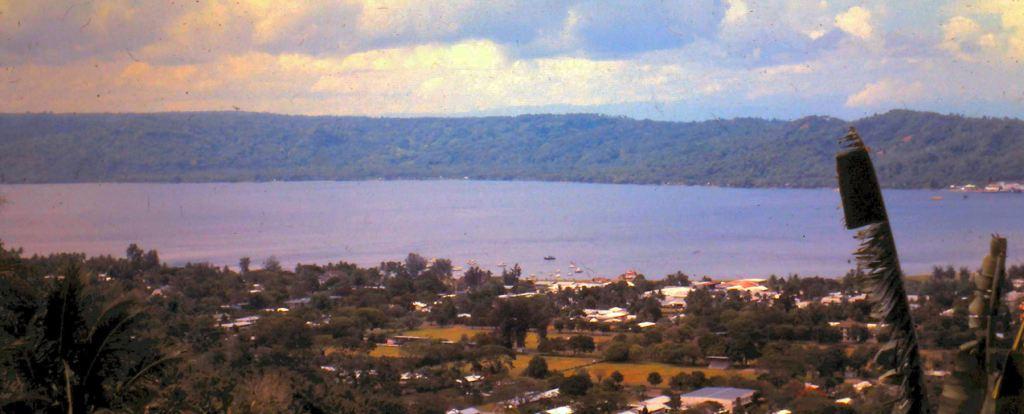 United States Army Air Forces P-38 Lightning fighters took off from
Guadalcanal and intercepted and destroyed the two bombers of the
Yamamoto flight and damaged some of the escorting Japanese fighters.
United States Army Air Forces P-38 Lightning fighters took off from
Guadalcanal and intercepted and destroyed the two bombers of the
Yamamoto flight and damaged some of the escorting Japanese fighters.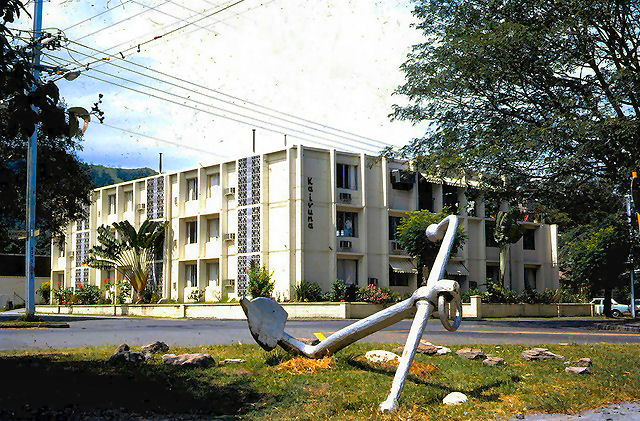


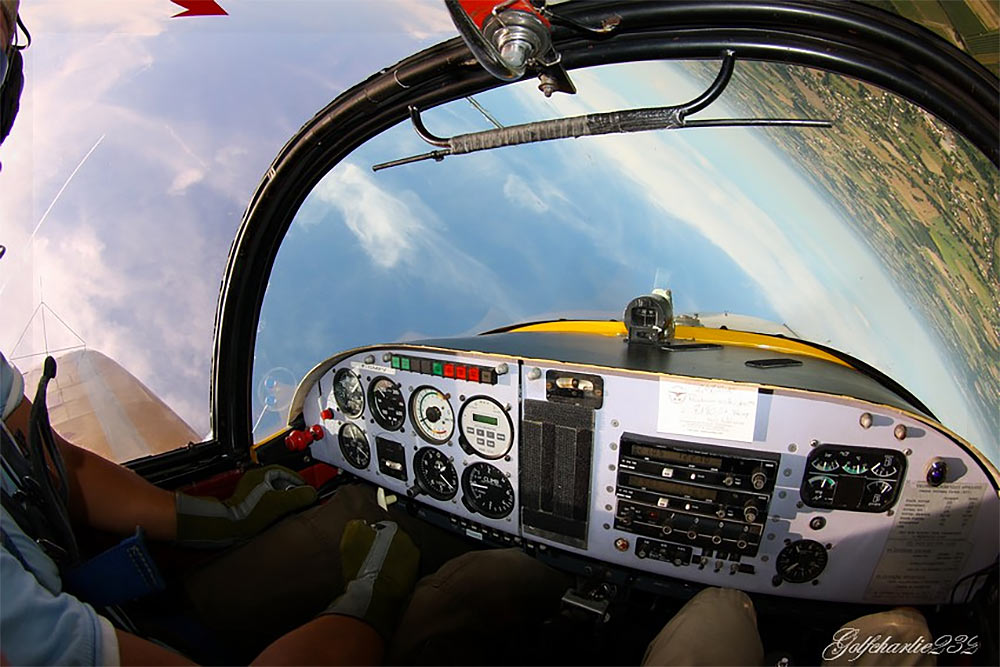
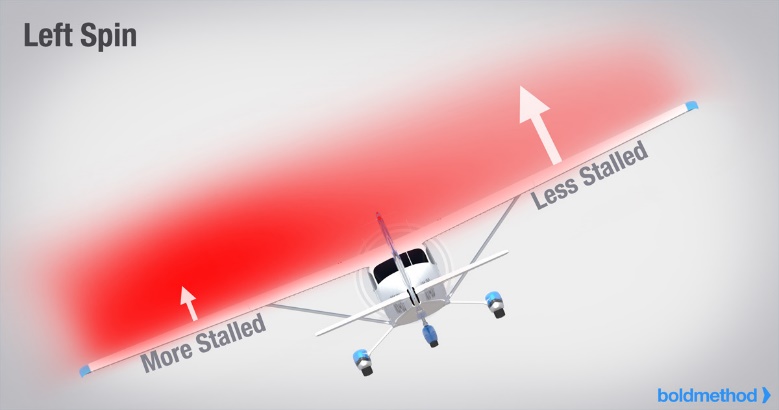
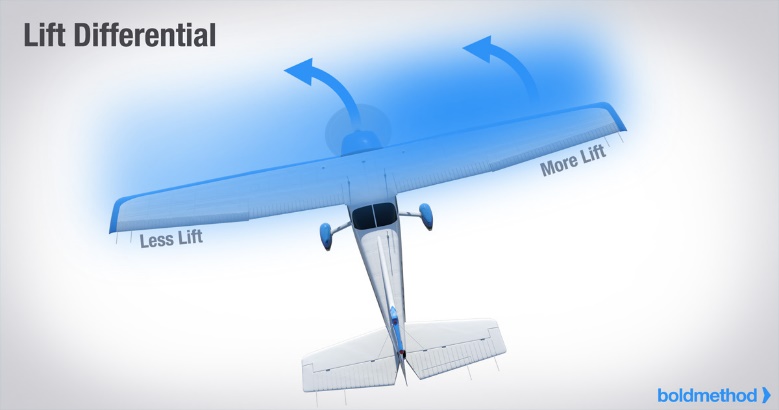
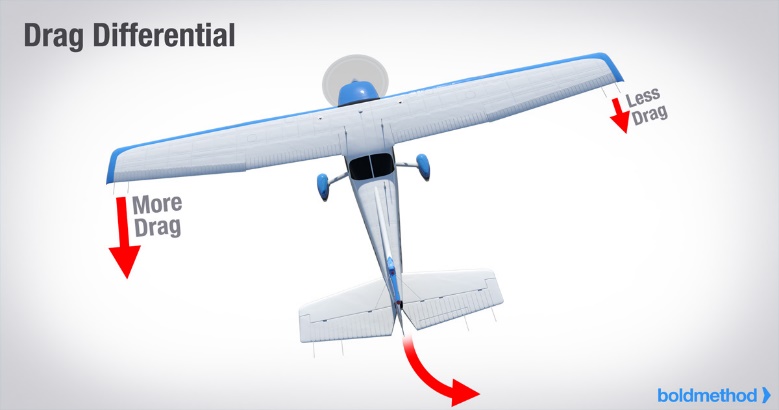
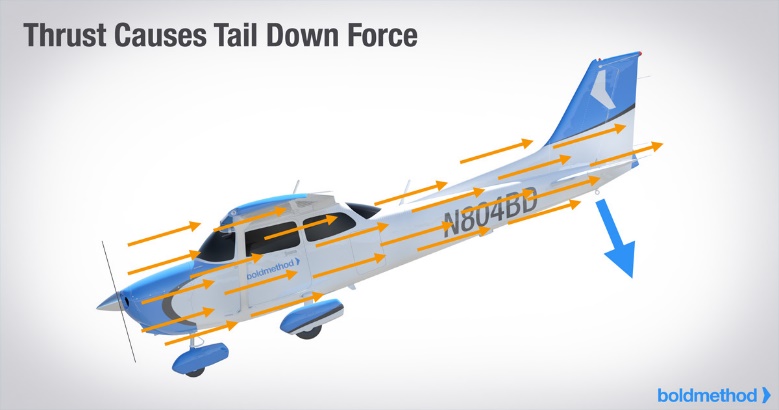 attack,
which helps you reduce the rolling and yawing moments in the spin.
If you try to raise your inside wing using ailerons, you'll actually
make the spin worse, because you increase the angle-of-attack of the
inner wing.
attack,
which helps you reduce the rolling and yawing moments in the spin.
If you try to raise your inside wing using ailerons, you'll actually
make the spin worse, because you increase the angle-of-attack of the
inner wing. 